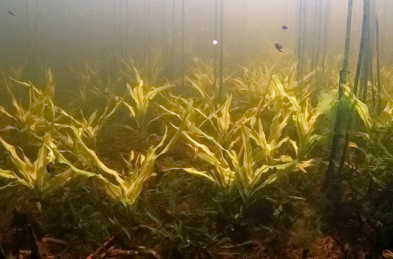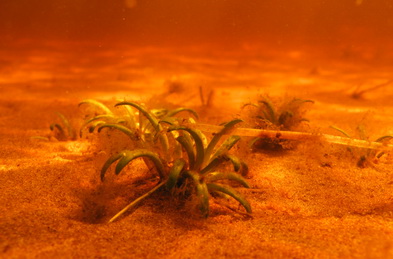Species of Potamogeton, Equisetum and Fontinalis are growing in shallow water in a Swedish lobelia lake, Värsjön. The lake is protected as Natura 2000 but the water quality seems to be deteriorating due to brownification that limits the distribution of submerged aquatic vegetation.
Brownification of Swedish lakes
Brownification of freshwaters is a growing problem in most temperate areas of the world. We do not yet know the mechanisms behind but these are likely related to climate changes, changes in land use and other anthropogenic activities. A recent study from Lund University shows that afforestation is a major cause of brownification in Swedish lakes and rivers. Coniferous forest, in particular, produces much more coloured organic matter than deciduous forest, heathland or even arable land.
Brownification of Danish lobelia lakes
Danish lobelia lakes are heavily impacted by brownification – and the root
causes are again unknown. The most impacted lakes are those in Nationalpark Thy
and here some attempts to improve water clarity have been made by redirecting
drainage water coming from pine plantations. The pine was planted back in the
19th century as a measure to stabilize the sandy soil in a landscape
dominated by dunes. In the future, some of the pine forest will be clear-cut
and the more natural ecosystem dominated by heathland will be re-establised.
Lobelia dortmanna (water lobelia) growing on a sandy substrate in a Swedish lobelia lake. The colour of the water resembles diluted tea and is caused by leaching of coloured dissolved organic matter from the surround coniferous forest.


